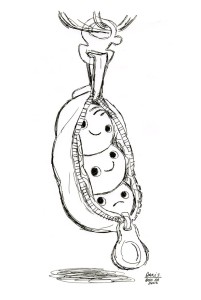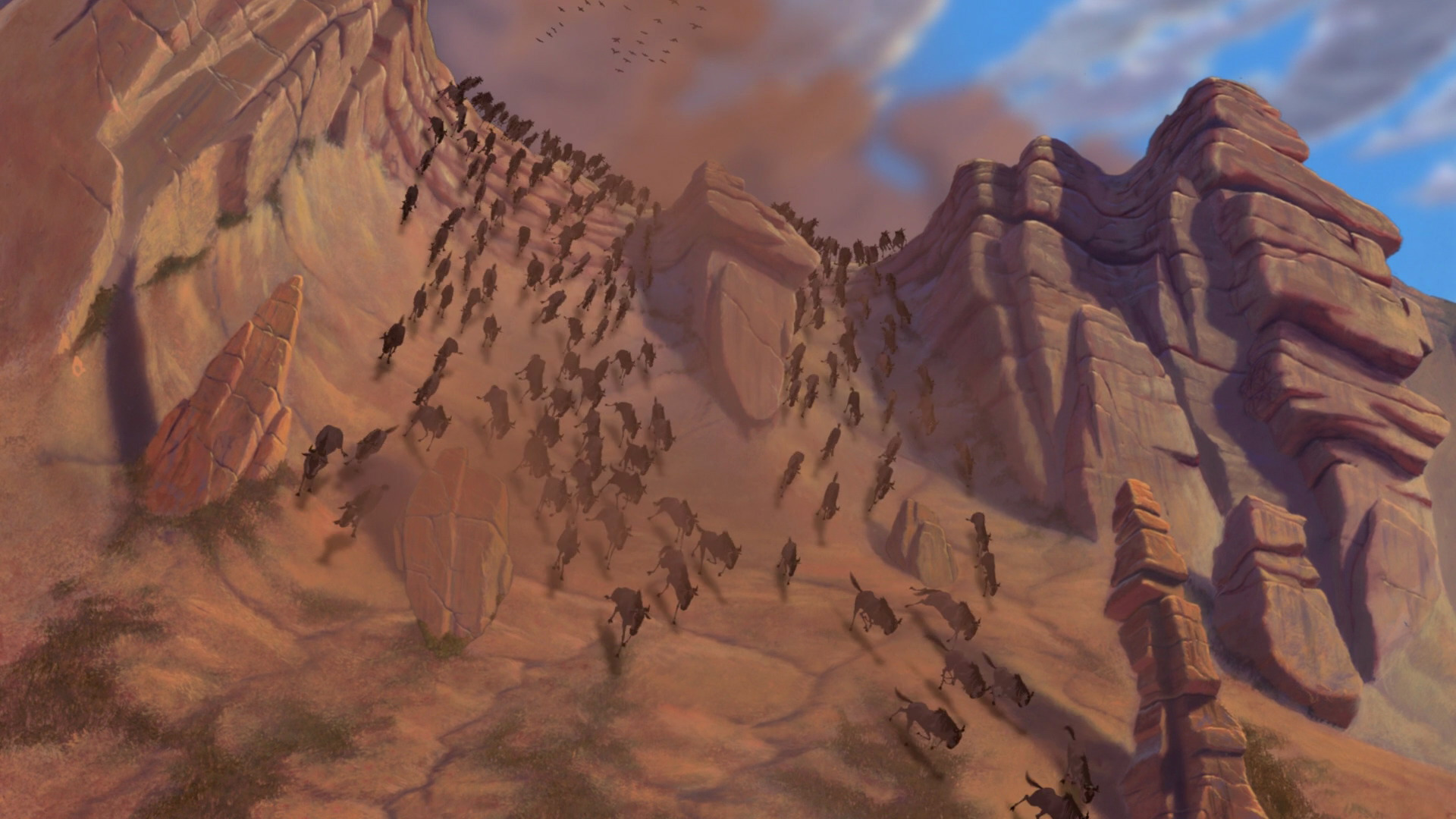Rendering is the stage where the appearance of the completed film will be finally be seen. It is the process of converting a completed 3D scene that has gone through all the previous steps into a final digital image- or series of images in animation. To do this, it takes all of the data associated with the 3D models in the scene, such as shading, textures, bump mapping, shadows, reflections transparency, particle effects and the camera angle to calculate the finished, polished look of the scene. Because of all these variables, the rendered appearance often differs greatly from the animation environment that the animators have been working in- which usually only has limited if any representation of these factors at all.

The difference between a rendered model and the model in the animation environment.
3D graphics can be pre-rendered or rendered in real time. Pre-rendering is an often slow and computationally demanding process depending on the complexity of the scene being rendered. It is used for film, animations and occasionally game cutscenes and has the capacity to create more realistic or visually impressive images than real time rendering. Real time rendering refers to analyzing and creating images in real time using a GPU for 3D video games or other interactive 3D media.

A scene of this complexity from Big Hero 6 would have likely taken many hours, if not days, to render.
Sanders, A. (2015). In Computer Animation, What is Rendering?. About.com Tech. Retrieved 5 March 2015, from http://animation.about.com/od/faqs/f/In-Computer-Animation-What-Is-Rendering.htm
Wikipedia,. (2015). 3D rendering. Retrieved 5 March 2015, from http://en.wikipedia.org/wiki/3D_rendering













